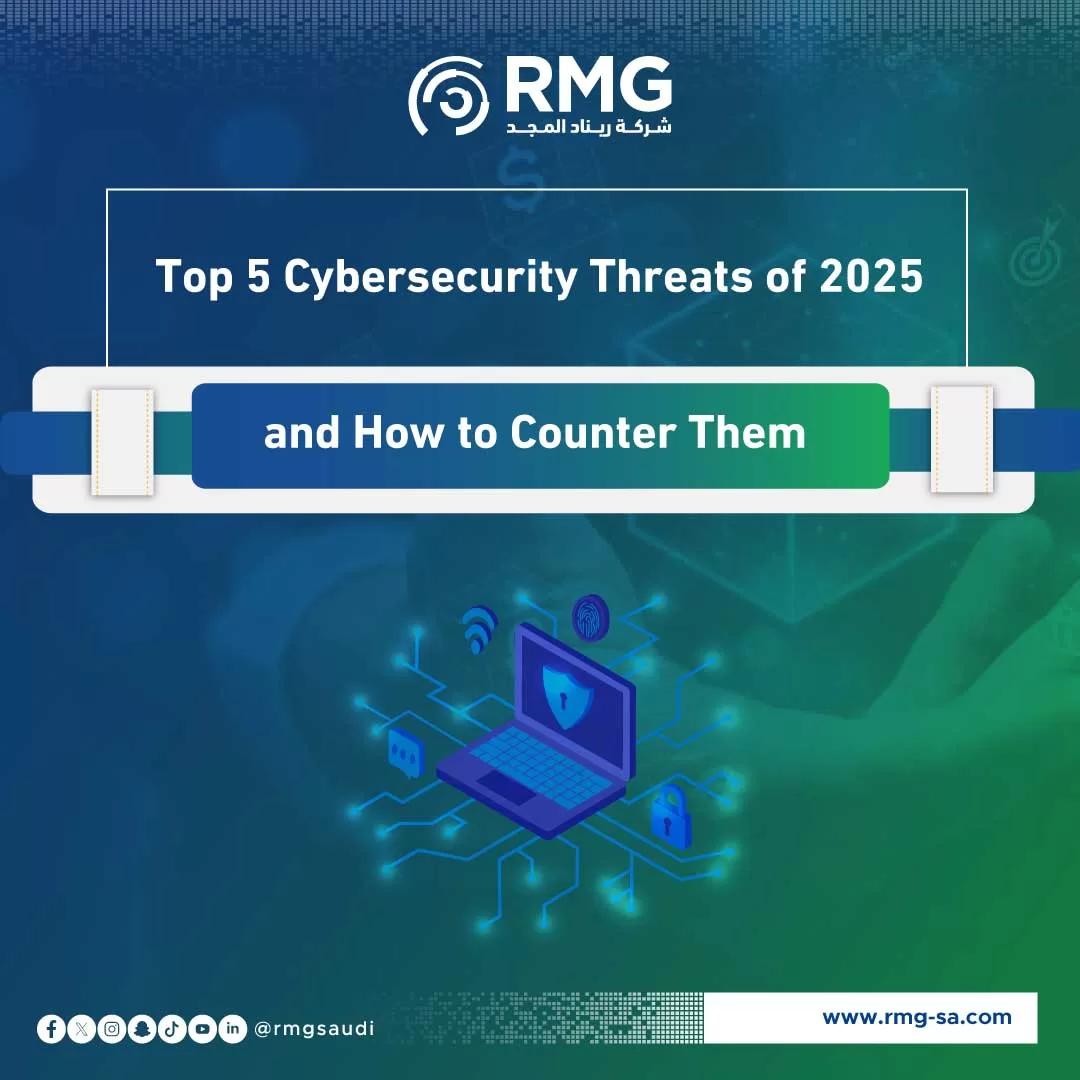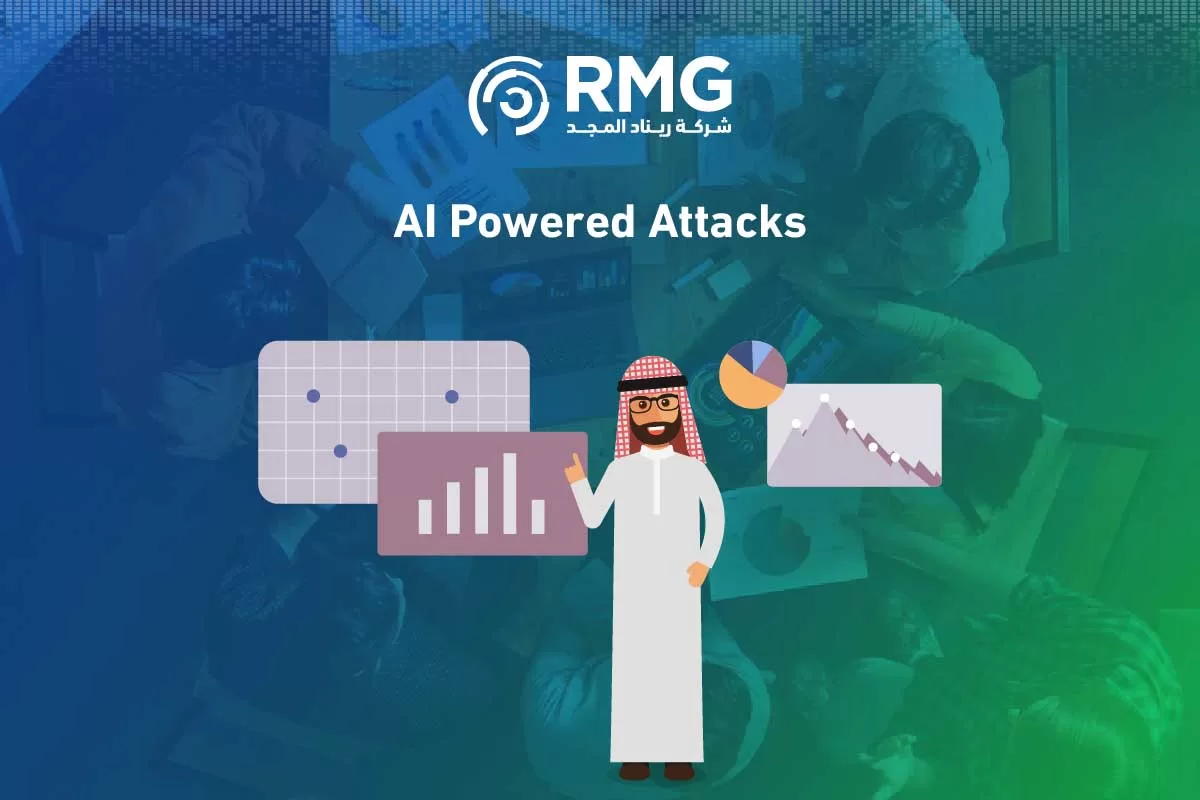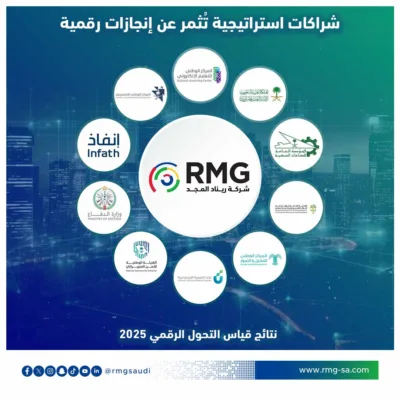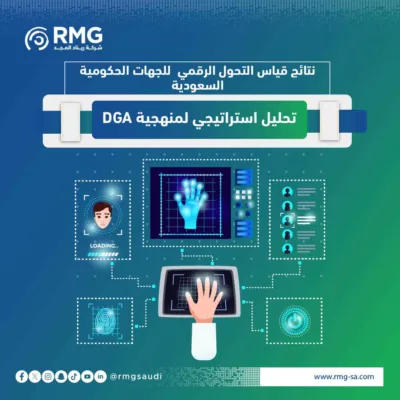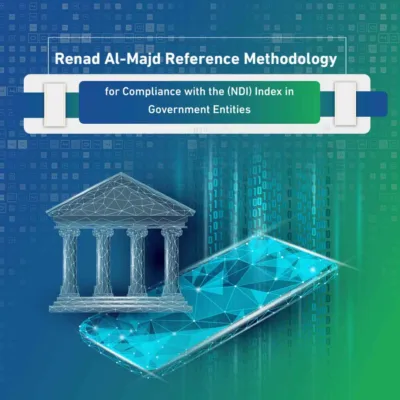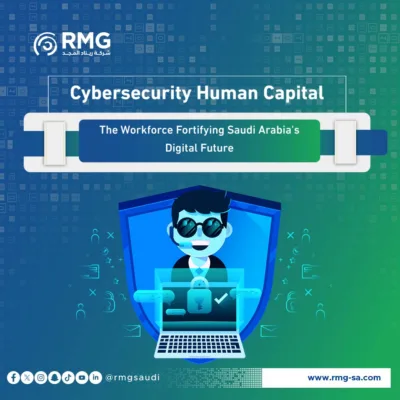Blog Body
Discover the top 5 cybersecurity threats of 2025 and learn how to prepare for them with advanced solutions and proactive strategies in partnership with Renad Al Majd (RMG).
In today’s rapidly evolving digital landscape, organizations and governments must continually upgrade their defenses to face the top 5 cybersecurity threats expected in 2025. These threats combine cutting‑edge technologies—like artificial intelligence and the Internet of Things—with ever more sophisticated attacker tactics, making them extremely difficult to handle in‑house. In collaboration with Renad Al Majd for Information Technology (RMG), we present this comprehensive guide to the top 5 cybersecurity threats and the most effective strategies to mitigate them, ensuring uninterrupted business operations.
Why Focus on the Top 5 Cybersecurity Threats Now?
Escalating Risks in an Interconnected World
Over the past two years, both the volume and complexity of cyberattacks have surged dramatically. Experts have pinpointed the top 5 cybersecurity threats that will pose the greatest risks in 2025. Understanding these threats early lets you deploy well‑planned defenses and forge a strategic partnership with RMG to develop a robust, organization‑wide security plan.
Ransomware‑as‑a‑Service (RaaS)
What Is RaaS and Why Is It Among the Top 5 Cybersecurity Threats?
Ransomware‑as‑a‑Service platforms allow attackers—even those without deep technical know‑how—to launch sophisticated encryption campaigns. These “rental” Ransomware platforms turn malware into a cloud subscription, enabling novices to threaten major organizations in exchange for a cut of the pay‑off.
Countermeasures
- Isolated Backups: Maintain multiple, off‑network backups to reliably restore data without paying ransom.
- Behavioral Monitoring: Leverage AI‑driven tools to flag anomalous file and process behaviors.
- Awareness & Training: Educate staff to recognize the social‑engineering ploys that often accompany ransomware attacks.
AI‑Powered Attacks
How AI Became One of the Top 5 Cybersecurity Threats
Cybercriminals now use generative AI to craft highly personalized spear‑phishing messages and to produce convincing deepfake audio and video, deceiving multi‑factor authentication systems and employees alike.
Defensive Measures
- Deepfake Detection Systems: Employ neural‑network‑based solutions to spot forged audio/video in real time.
- Multi‑Factor Authentication (MFA): Make account takeover far more difficult, even if passwords are compromised.
- Behavioral Analytics: Monitor user and device behaviors continuously, triggering alerts on any deviations.
Supply Chain Attacks
Why They Rank Among the Top 5 Cybersecurity Threats
Organizations increasingly depend on third‑party vendors and partners for critical systems, so any breach in the supply chain can provide direct access to your core networks. Recent years have seen a spike in attacks targeting software updates and external service providers.
Prevention Strategies
- Regular Risk Assessments: Continuously evaluate the security posture of all vendors and partners.
- Zero Trust Architecture: Enforce a “never trust, always verify” model across every network component, internal and external.
- Strict Contractual Controls: Include clear security requirements and audit rights in all vendor agreements.
Business Email Compromise & Phishing (BEC & Phishing)
Their Rising Role Among the Top 5 Cybersecurity Threats
BEC attacks exploit trust between employees to initiate fraudulent fund transfers or exfiltrate sensitive data. Traditional phishing uses deceptive emails to harvest credentials at scale.
Protection Steps
- Intelligent Email Filtering: Deploy AI‑powered filters to intercept fraudulent messages before they reach users.
- DMARC & DKIM Policies: Harden email authenticity to prevent spoofed messages from landing in inboxes.
- Mock BEC Drills: Regularly simulate BEC scenarios to train employees on spotting and reporting attempted fraud.
IoT & OT Attacks
Why They Feature Among the Top 5 Cybersecurity Threats
With the global installed base of Internet of Things devices projected to exceed 75 billion by 2025, the expanded “attack surface” and use of insecure protocols pose grave risks—especially to critical infrastructure.
Mitigation Techniques
- Network Segmentation: Isolate IoT and Operational Technology (OT) networks from core corporate systems.
- Next‑Gen Firewalls: Use firewalls capable of deep‑packet inspection and anomaly detection at the protocol level.
- Secure Firmware Updates: Always verify the authenticity of firmware sources before applying patches.
How You Benefit from Partnering with Renad Al Majd (RMG)
Confronting the top 5 cybersecurity threats of 2025 demands a strategic ally with deep technical expertise and a holistic risk‑management approach. RMG delivers:
- Comprehensive Risk Assessments powered by advanced, AI‑driven analytics.
- Tailored Security Solutions, including high‑performance custom software and full Governance, Risk, & Compliance (GRC) management.
- 24/7 Security Operations Center (SOC) monitoring and incident response.
- Specialized Training & Awareness Programs to foster a vigilant, security‑minded culture among your workforce.
Whether you need to bolster defenses against ransomware, AI‑driven attacks, or supply‑chain compromises, RMG’s proven methodology ensures sustained, effective protection.
Conclusion & Call to Action
By 2025, these top 5 cybersecurity threats will no longer be hypothetical—but urgent challenges requiring immediate, expert intervention.
Contact Renad Al Majd today for a free cybersecurity assessment, and take the first step toward a secure, resilient digital environment!














